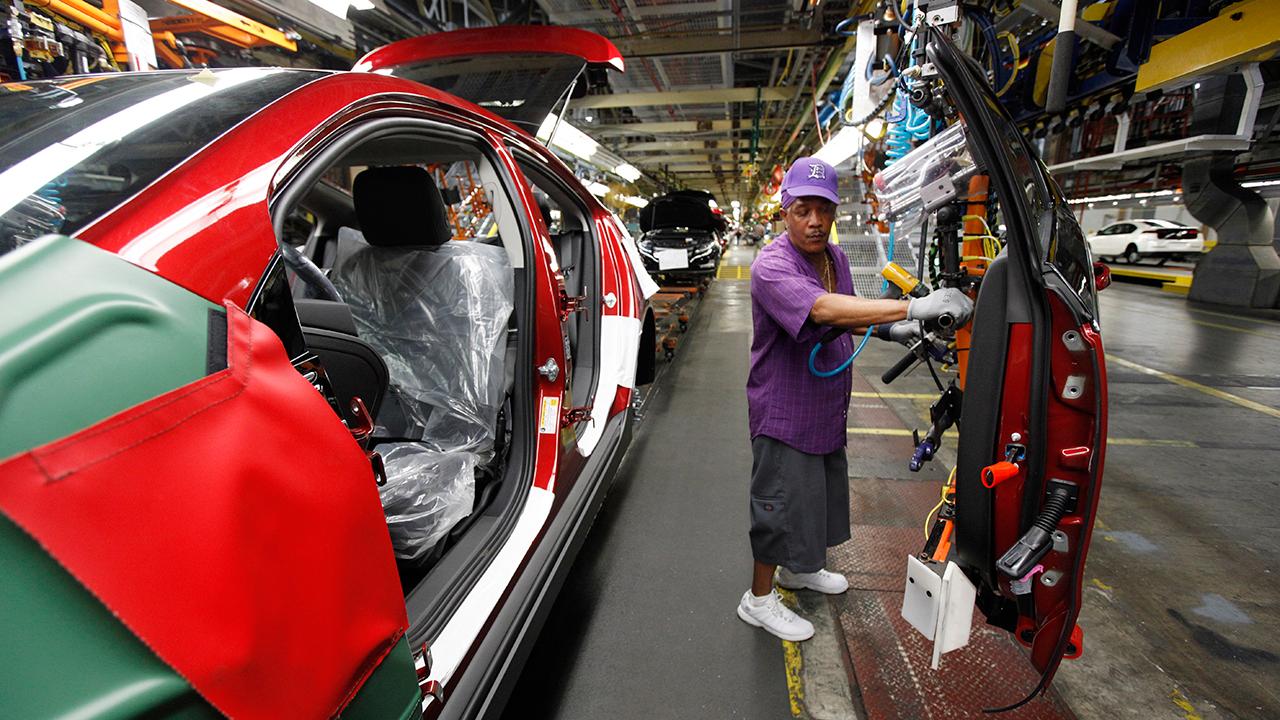7M Americans behind on auto loan payments
The U.S. economy might be strengthening, but millions of Americans are still falling behind on some important payments.
More than 7 million Americans were at least 90 days behind on auto loan payments at the end of 2018, according to data from the Federal Reserve Bank of New York. That is more than 1 million more “troubled borrowers” than were recorded at the end of 2010, when overall delinquency rates were at their worst, according to the bank. It also marks the continuation of a trend that has been emerging since 2011.
“The substantial and growing number of distressed borrowers suggests that not all Americans have benefitted from the strong labor market,” researchers from the New York Fed noted in a blog post.
Auto loan originations for the year reached a 19-year high, most of which was driven by credit-worthy individuals, according to the bank. Thirty percent of the $1.27 trillion in outstanding debt was originated to borrowers with credit scores over 760, while the share belonging to subprime borrowers fell to 22 percent.
However, despite auto debt’s “increasing quality,” its performance has “slowly been worsening.” While the percentage data suggests the auto loan sector should be of particularly high quality, sheer growth in participation is leading to a larger group of borrowers at a higher risk of delinquency.
“Growing delinquencies among subprime borrowers are responsible for this deteriorating performance, and younger borrowers are struggling most acutely to afford their auto loans,” Joelle Scally, administrator of the Center for Microeconomic Data at the New York Fed, said in a statement.
One factor the New York Fed found particularly surprising from the data – given the strength of the economy and the labor market – is that borrowers with credit scores less than 620 saw their transitions into delinquency rise above 8 percent in the fourth quarter.
CLICK HERE TO GET THE FOX BUSINESS APP
The New York Fed’s study also showed that household debt increased by $32 billion to $13.54 trillion in the fourth quarter of 2018 – the 18th consecutive quarter marked by an increase. Household debt is now more than 21 percent higher than the post-financial-crisis trough reached in 2013.
Mortgages and student loan debt both make up a larger share of payments owed than auto loans.




















